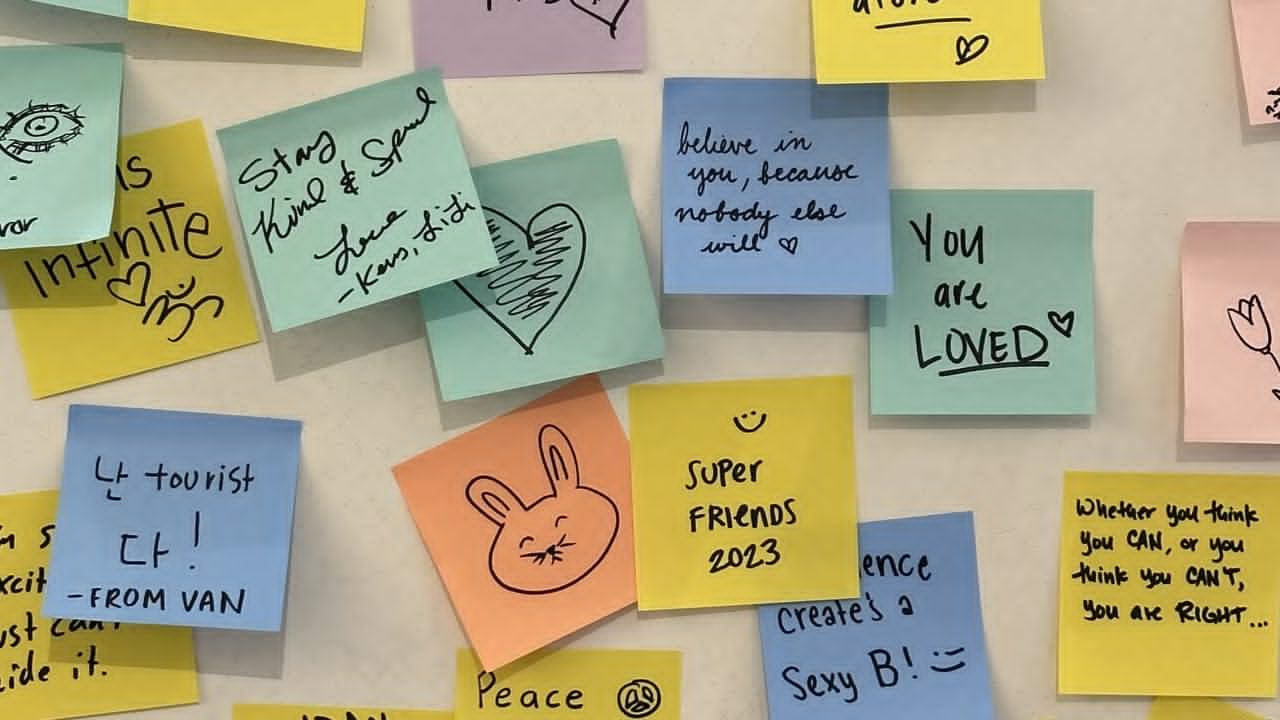Empathy: the ability to understand and share the feelings of another.
Empathy runs far deeper than that, it’s arguably human’s greatest tool, but one we are loosing. So what actually is empathy, and how do our brains fathom it? What is the science regarding this aspect of sentience, and are we the only animals that have it?
We’ve all had a moment where we see someone get hurt, or watch a movie where someone dies, and within us, we too feel the pain and sadnes they endure, sometimes so strong it could be our own. But why, why do we feel that way?
Empathy is the concept that refers to the reactions of an individual (both cognitive and emotional) to the observed experiences of another. It is the umbrella term we use to explain compassion, tolerance, acceptance etc, but in reality it runs much deeper than that.
There are two different types of empathy that researchers distinguish between, emotional and cognitive. Emotional emptathy consists of three components: Feeling the same emotion as the observed person, the personal distress in response to perceiving another’s pain, and feeling compassion for the observed person. These feelings of distress however, don’t necessarily mirror the emotions of the other person. You can feel distress if someone falls, but you won’t feel the same physical pain, the emotions you feel are present, because you can resonate with their experience without undergoing it yourself.
A part of it is the way humans can mirror the mind. When we observe someone going through an emotion, whether it be good or bad, it doesn’t just trigger our visual cortext. It also activates the emotions and sensations we’d experience if the same situation were to happen to us. Observing someone elses pain triggers the same neural networks that would be triggered if the same happened to us. It is this mental mirroring of situations that allows us to feel the emotions of others, as if they were our own, because to our brain, they are our own.
It is likely we are not the only species who shares this mental mirroring. In an experiment conducted by Christian Keysers of the Netherlands Institute for Neuroscience in Amsterdam, on rats showed that the rodents were more likely to freeze when watching another rat receive an electrick shock, if they themselves had previously been shocked, as if they were able to understand the experience the other was going through.
 The second type of empathy is cognitive empathy, or empathic accuracy. This is used to refer to how well an individual will perceive and understand the emotions another is experiencing. It involves having a more accurate and complete knowledge of a persons mind, and how they feel. Vs emotional empathy, that is a more natural behviour, cognitive behaviour is more of a learned skill, humans will learn to recognise each other’s emotional state, as a way of proessing emotions and behavior.
The second type of empathy is cognitive empathy, or empathic accuracy. This is used to refer to how well an individual will perceive and understand the emotions another is experiencing. It involves having a more accurate and complete knowledge of a persons mind, and how they feel. Vs emotional empathy, that is a more natural behviour, cognitive behaviour is more of a learned skill, humans will learn to recognise each other’s emotional state, as a way of proessing emotions and behavior.
Our neuroanatomy and the way regions of the brain react to a stimulus, allows us to feel another’s experiences, but it also can stop us from making cross-cultural connections. APS Fellow Ying-yi Hong from the Chinese University of Hong Kong conducted a study looking at how people emathically react to individuals of different races. As despite the neurobiological capabilities to empathize, there are still caes of intergroup conflicts or wars. This may in part be due to the brain’s distinction between in-group and out-group members. People have been found to show a greater activation of the amygdala when viewing the fearful faces of their own race, in contrast to someone from another race.
Hong has also found that the cultural mixing that comes naturally with globalization heightens these responses. In onbe study they found that melding cultural symbols, flags, fusion foods etc, caused a pattern of disgust in the anterior insula of white americans, similar to the response caused by the physical contaminant of objects such as insects.
This is also able to be modulated by cultural practices. In a study comparing in-group/out-group bias between Korea and the US, they found that more interdependent socisties will foster a heightened sense of in-group favouritism in the brain. The research in this empathy gap sould not consider only the causal relationship between neural activation and behavior, but also the context in which it takes place in society.
This in-group/out-group bias is a leaned behaviour society has accepted, but this means we are able to reverse it. And hopefully with the help of this continuously growing scientific database regarding empathy, we can normalise the societal changes needed to close this empathy gap, and bring our societies closer together.
